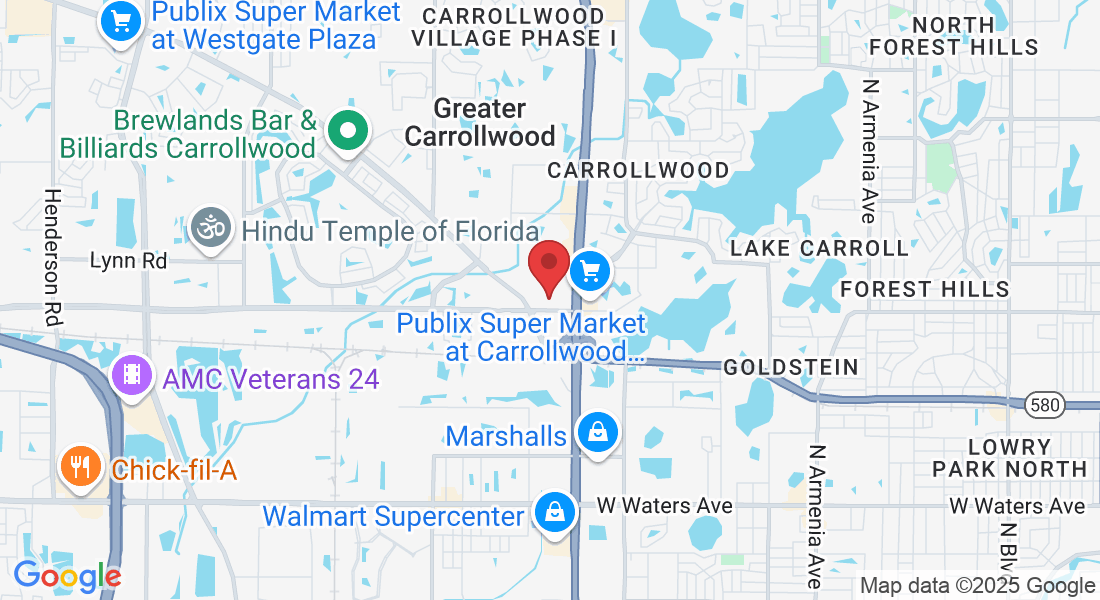CALL NOW & SCHEDULE TODAY
Our Blog
Here you will find free financial tips and actionable items that can help you make better financial decisions, and get you on the path to financial independence. Here's to your success!

How to Choose Between a 529 Plan and an ESA for Your Child's Education Savings
How to Choose Between a 529 Plan and an ESA for Your Child's Education Savings
Saving for your child's education is like planting a tree. You start with a small seed (your initial savings), nurture it (with regular contributions), and over time, it grows into a sturdy tree (a solid education fund). But when you're standing in the nursery, deciding between two seeds— a 529 Plan or an Education Savings Account (ESA)—which one do you choose? Both can grow into mighty oaks, but each has its unique care instructions and benefits.
What is a 529 Plan?
Imagine a piggy bank, but this one's supercharged by the government. A 529 Plan is not just any piggy bank; it's a tax-advantaged savings plan designed to encourage saving for future education costs. Here's the scoop:
Main Benefits: Your money grows tax-free as long as you use it for education. And we're talking generous contribution limits that would make even the most ambitious saver blush.
What's Covered? From tuition to room and board, and even books, if it's for school, 529's got it covered.
Who Can Contribute? Anyone. Yes, even Uncle Bob who's always talking about the importance of education at family gatherings.
What is an ESA?
Now, picture a Swiss Army knife; that's your ESA. It's versatile, flexible, and ready for action. But it's not just for college expenses; you can use it for K-12 expenses too.
Main Benefits: Tax-free growth and the freedom to spend on a wide range of educational expenses.
The Fine Print: There are limits to how much you can contribute each year, and there are income restrictions to consider.
Who's It For? Families looking for flexibility and those planning for both private school before college and higher education.
The Showdown: 529 Plans vs. ESAs
Contribution Limits: If you're looking to save big, 529 Plans offer higher contribution limits. ESAs cap you at $2,000 a year.
Tax Benefits: Both offer tax-free growth, but 529 Plans might have state tax benefits, too.
Qualified Expenses: ESAs take the cake for flexibility, covering everything from K-12 to college expenses. 529 Plans are catching up but check the details.
Investment Options: Want control? ESAs offer more investment options. 529 Plans vary by state, so shop around.
Flexibility: Both let you change beneficiaries, but 529 Plans are a bit more lenient if your kid decides the college route isn't for them.
Choosing the Right Plan for Your Family
Your family's unique—your savings plan should be too. Consider your finances, your child's educational path, and any state-specific perks. And remember, the best plan is the one that you contribute to regularly. No amount is too small to start with, and the best time to plant a tree was 20 years ago. The second best time? Today.
Real-Life Scenarios
Sarah opted for an ESA because her son, Jack, is likely heading to a private high school. Flexibility was key.
The Johnsons went with a 529 Plan. With three kids and dreams of in-state college education, the tax benefits and higher contribution limits matched their needs.
Conclusion
Choosing between a 529 Plan and an ESA is like choosing between a hammer and a screwdriver. Both are tools—valuable and effective in their own right—but the task at hand dictates the choice. Start saving now, and adjust as you go. Your future self (and your kids) will thank you for it.
Call to Action
Ready to start saving but not sure where to begin? At J&M Financial Services, we're more than just advisors; we're your financial planning partners. Let's plant that seed together. Contact us today for a personalized Financial Needs Analysis, and let's grow your child's education fund into a towering tree of opportunity.
FAQ Section
Q1: Can I have both a 529 Plan and an ESA for my child? A1: Yes, you can have both! It's like having both belt and suspenders. This way, you can maximize your savings and enjoy the unique benefits of each plan.
Q2: What happens to the money in a 529 Plan or an ESA if my child gets a scholarship? A2: Great news! For 529 Plans, you can withdraw the amount of the scholarship without penalty, just paying taxes on the earnings. For ESAs, the same rule applies. It’s a win-win situation.
Q3: Can I change the beneficiary of a 529 Plan or an ESA if my child decides not to go to college? A3: Absolutely! Both plans offer the flexibility to change beneficiaries to another family member. So, if one child decides college isn't for them, you can easily shift the savings to another child who might need it.
Q4: Are there any tax benefits for contributing to a 529 Plan or an ESA? A4: Yes, and they’re pretty sweet. With both plans, your investments grow tax-free, and withdrawals are also tax-free when used for qualified education expenses. Plus, some states offer additional tax benefits for 529 Plan contributions.
Q5: How do I decide which plan is better for my family? A5: It boils down to your family’s needs, financial situation, and goals. Consider factors like contribution limits, tax benefits, qualified expenses, and flexibility. And don’t hesitate to reach out to a financial planner for personalized advice.
Key Takeaways
Both Options Are Great: 529 Plans and ESAs offer tax-advantaged ways to save for your child’s education. The right choice depends on your family’s specific needs.
Flexibility and Limits Matter: ESAs offer more flexibility for K-12 expenses, but have lower contribution limits. 529 Plans have higher limits and are catching up in terms of flexibility.
Tax Benefits Can Boost Savings: Both plans offer tax-free growth and withdrawals for qualified expenses, with 529 Plans sometimes offering additional state tax benefits.
You’re Not Locked In: You can change beneficiaries for both plans if your child’s plans change, ensuring that your savings always have a purpose.
Start Early, Adjust as Needed: The best time to start saving is now. You can always adjust your strategy as your family’s needs and the education landscape change.
Our mission at J&M Financial Services is simple: to empower families to achieve financial peace of mind. We achieve this by upholding values like integrity, trust, and an unwavering dedication to your financial success.
10008 N Dale Mabry Hwy
Ste 100-S
Tampa, FL 33618
888-681-7506
Copyright © 2025 J&M Financial Services - All Rights Reserved


